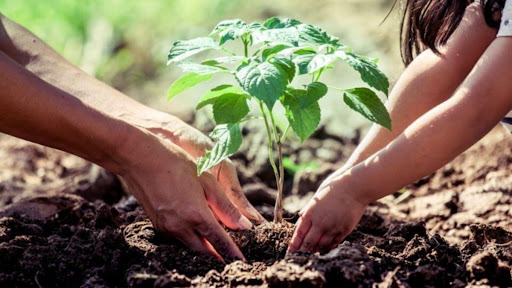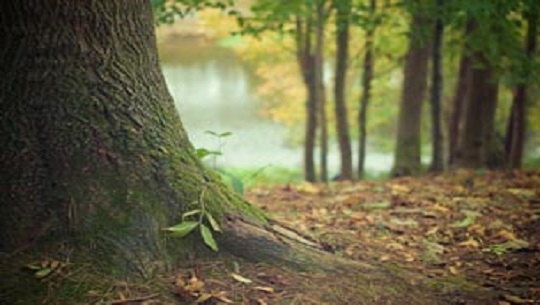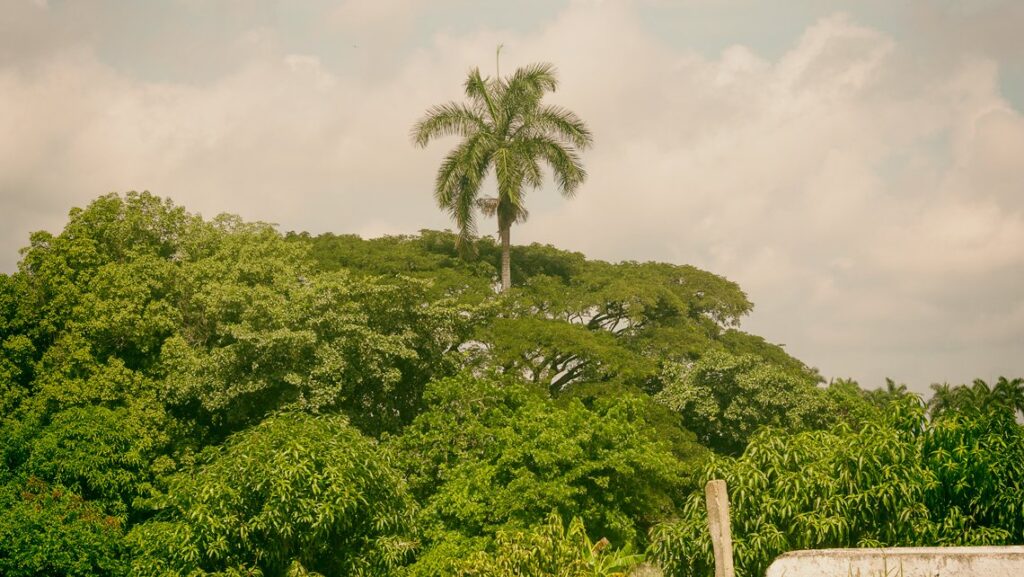Trees: An Essential Source of Life

There is great pleasure in contemplating a large tree with a wide, tall trunk and a dense canopy filled with countless leaves and branches. It is like reliving decades of life that have passed on that very soil, recalling gatherings held under its shade, inhaling the scent of its fruits, and nourishing the soul. Planting a tree is like sowing years of life for the Earth.
Trees provide us with cool breezes, shade, rain, oxygen, and support for more animal and plant life. They are, in essence, the lungs of our planet, which is why they must be protected. From a young age, children should be taught to love and respect nature—especially trees—and understand their importance and value in the cycle of life and the survival of all species that coexist and depend on each other for evolution.
The canopies of trees also capture rainwater, which flows down their leaves, branches, and trunks, eventually reaching the ground and moistening it. This water then filters down to the roots, nourishing the surrounding vegetation.

Trees and plants help prevent excessive runoff, which can wash away fertile soil. Where there are no trees, vegetation, or leaf litter, rain strikes the ground directly, causing erosion.
Nothing is more beautiful and revitalizing than seeing, after summer’s rainy afternoons, the renewed greenness and life that trees, gardens, and plants display, thanks to the energy that water provides. We go from admiring the vibrant colors of flowers in full bloom to seeing parks transform from dry yellows to deep greens, with trees now adorned with red mangos and avocados.
Raising awareness about the importance of protecting areas populated with trees is crucial, as they are indispensable for life on Earth. Trees play a critical role in producing oxygen and reducing carbon dioxide in the atmosphere. Some species provide fruits, medicines, and wood for furniture and construction, among other uses.
Currently, around thirty projects and initiatives are underway in Cuba, led by various institutions, with a focus on urban areas. These efforts involve coordinating locations for planting saplings and determining proper spacing. In Havana alone, a million trees are needed, with between 300 and 500 saplings as a starting point, ensuring that no municipality is left out of the initiative.
Many people are also joining these efforts through social media, where technical guidance is offered on how to plant trees and what qualities a sapling should have. All of this is aimed at counteracting the effects of climate change, preventing indiscriminate logging that leads to habitat loss for many plant and animal species, and highlighting the importance and benefits of forests.
In addition to tree planting, many activities are organized in Cuba, such as forest clean-ups, nature outings, and educational programs about tree care and protection. Art and photography contests related to nature and trees are also held to promote engagement.

The ceiba tree holds special cultural significance in Cuba, surrounded by legends and mystery, with its sacred status passed down through generations. Meanwhile, the royal palm is the most widespread tree in Cuba, recognized as the national tree and known as the «queen of the fields» for its majestic structure, distinctive shape, and many uses. Its elegance has inspired many poets and musicians.
Trees are among the oldest inhabitants of the Earth. Protecting the areas where they thrive is essential to ensuring that life on our planet remains possible.
Translated by Luis E. Amador Dominguez



